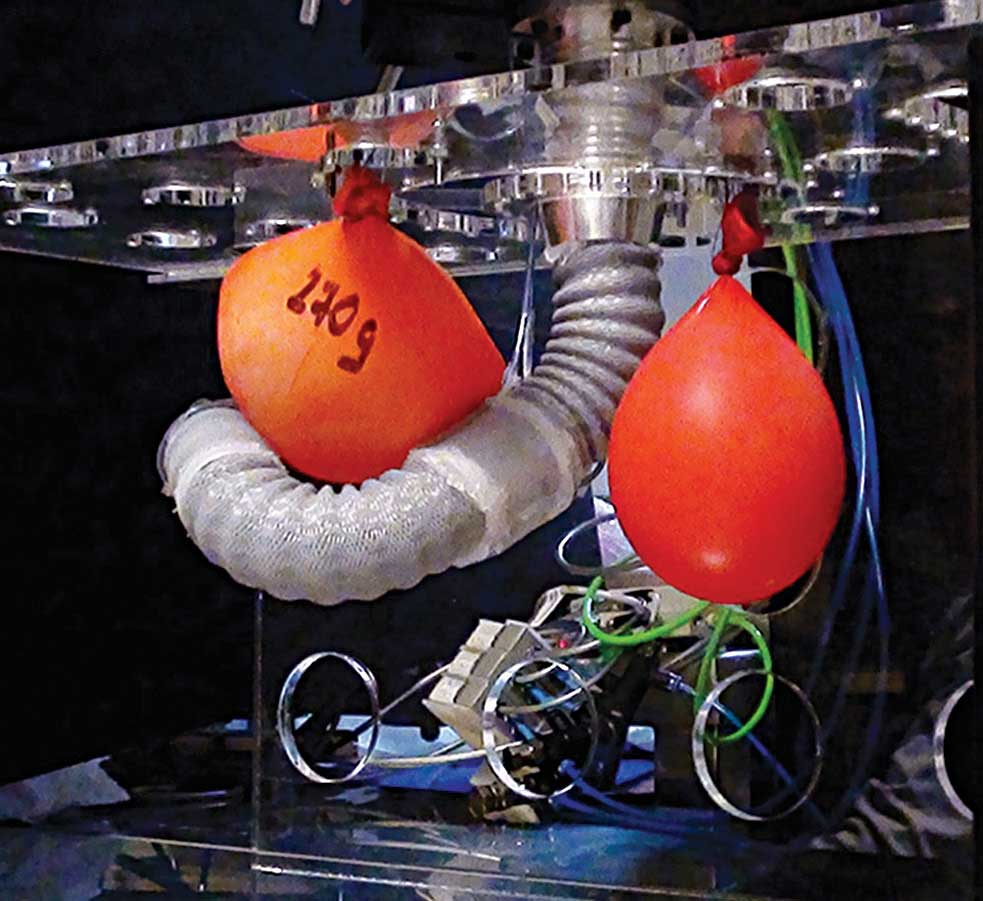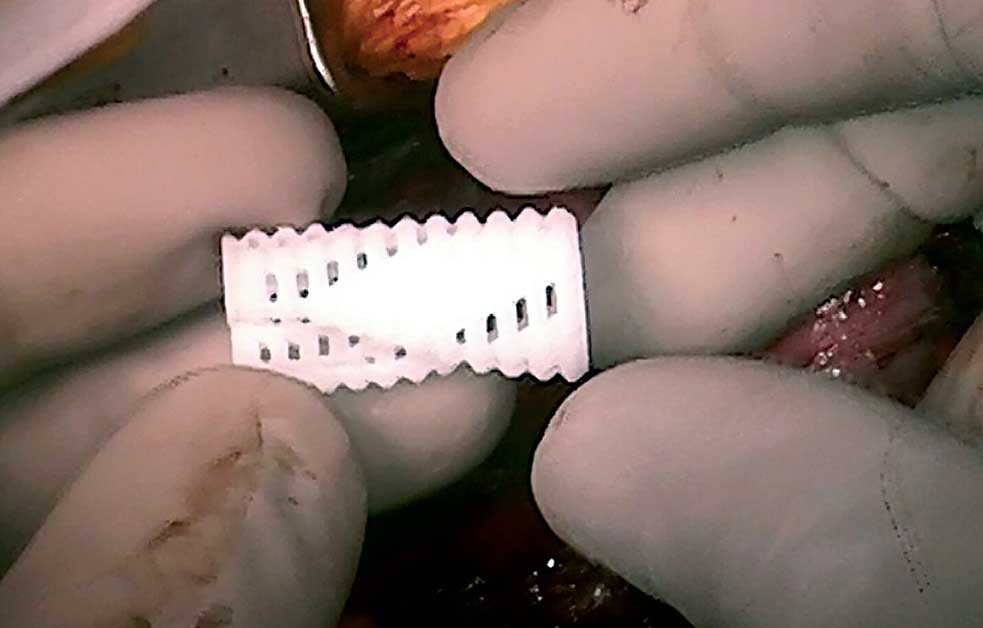Robotic arm that can perform surgery
A robotic arm, inspired by an octopus’ tentacles, is set to make it easier for surgeons to access hard-to-reach parts of a body. The device uses a series of inflatable chambers to imitate how an octopus moves its limbs in any direction. The robot’s mechanical arm can also mimic the way the animal can change the stiffness of different sections of its tentacles, enabling better interaction with objects. A section of the robotic arm is built to handle soft organs without damaging these, while another section operates on the patient.

This technique could minimise the number of instruments needed for surgical procedures, which means that doctors would need to make fewer entry incisions on patients, lessening the chance of postoperative complications.
This robotic arm, which is made of soft material, is capable of carrying out multiple tasks during an operation, unlike other flexible surgical robotics.
Robots can now think like humans
Based on new algorithms developed by researchers from University of California, Berkeley, the USA, robots can now learn from their mistakes just like humans do. Researchers were able to level up artificial intelligence (AI) by making the robots learn motor tasks using trial and error.
The robot named BRETT stands for Berkeley Robot of the Elimination of Tedious Tasks. Using the technique developed by reaserchers, the robot learns to recognise patterns and categorise data that it receives using deep learning programs that can create neural nets in which overlapping raw sensory data (sound wave or image pixels) can be processed by layers of artificial neurons.
Since the robot does not have any pre-programmed knowledge on its environment, it can successfully assemble basic objects after several attempts.
BRETT’s first task that was to assemble a toy airplane wheel took 12 minutes before completion. Eventually, it applied the same algorithm that it learned from the toy airplane to its second task on Lego bricks and finished the task almost right away.
Technology to put electronics into the brain
Latest technologies have allowed a paralysed man to drink from a cup unaided using a robotic arm, the deaf to hear and the blind to see, using brain implants that are electrical devices inserted into or attached to the brain.
At present, implants require invasive surgery and are often made of metals that may cause scarring. Brain implant technology is hampered by how long implants can stay in the brain without losing functionality.
Now, a tiny new brain implant makes a breakthrough in this area. It can be injected directly into the brain using a syringe, minimising damage to brain tissue. The flexible mesh mimics the interconnecting structure of the neural network and the softness of brain tissue. It is made of materials that the immune system is less likely to reject, resulting in less scarring in the brain.
The implant contains very fine metal lines of circuitry embedded on it, with electrodes and sensors mounted at intersections of wires. After being injected into the brain, it unfolds to about 80 per cent of its original shape without losing function. External wires of the mesh can then be plugged to a computer to monitor and stimulate individual neurons.
4D-printed implant saves lives
Recently, a 4D biomaterial, a medical implant designed to change shape over time allowed three children to keep breathing, in effect, saving their lives. The implants were made using a 3D printer, which can create items from a wide variety of materials such as plastic, ceramic, glass, metal and even living cells.
Scientists have now begun developing techniques to try out 4D printing, which involves 3D printing items that are designed to shape-shift after being printed.

The three infant boys who were implanted with the new device were suffering from tracheobronchomalacia, a disease that causes the windpipe to regularly collapse, preventing normal breathing. Researchers used CT scans of the boys to develop 3D-printed airway splints whose length, diameter, thickness and other factors were customised for each baby.
The splints, made of polycaprolactone that dissolves in the body over time, were implanted into the babies and sewn around their windpipes; devices kept surrounding tissue from pushing in and sealing the airways shut. These hollow and porous splints were designed to spread open as the children grew.
Hyperlens that helps view tiny objects
According to scientists, a slinky hyperlens can help us see tiny objects that elude even the most powerful optical systems. The metamaterial hyperlens may someday even help detect some of the most lethal forms of cancer. It is also expected to lead to advancements in nano-electronic manufacturing and boost a scientist’s ability to examine single molecules.






